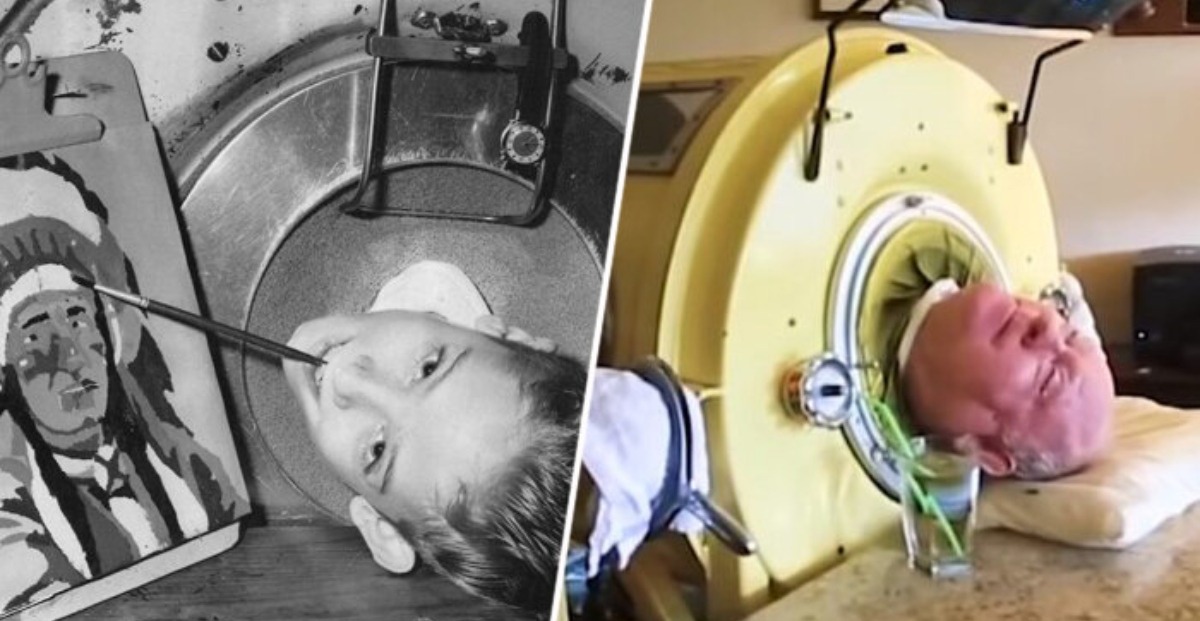Paul Alexander has spent over 68 years living a remarkable life inside an iron lung. He began life as an ordinary child, playing with friends, running on green grass, and drawing simple pictures. Tragically, that all changed in the summer of 1952 when he contracted polio, and his body was forever confined to a metal „prison.”

Despite his challenging fate, Paul has found strength and considers his life to be a happy one, drawing fulfillment simply from the fact that he continues to exist. That fateful year, many others did not survive, and doctors initially predicted that Paul wouldn’t make it past a few weeks. Fortunately, he defied those predictions. For many who lived through the summer of 1952, it remains a horrific memory—an experience they never wish to relive. The summer felt like hell on earth, with temperatures never dropping below 30°C, even at night. But the real danger was polio, which swept across the country.

At the time, there was no vaccine for polio, and the disease primarily affected children, leaving them with little chance to experience life’s joys. Hundreds of children didn’t survive the night during the summer of 1952. In an effort to combat the epidemic, strict measures were implemented across North America: curfews, restrictions on visits to public places—including churches—and cars sprayed streets with insecticides, believing mosquitoes were the disease’s carriers. Sadly, that did little to stop the spread.
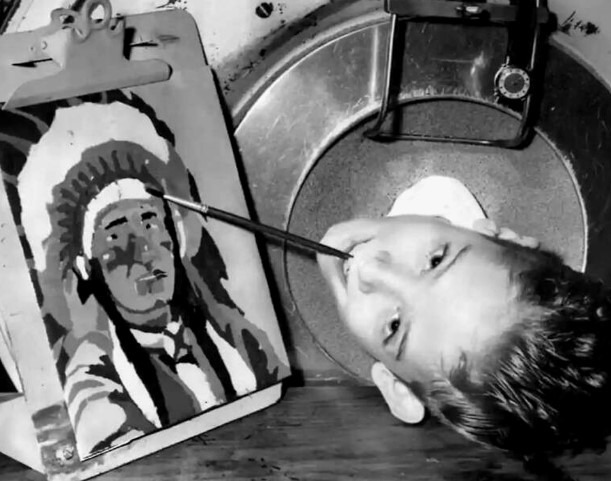
One hot July day, Paul was playing with toys in the backyard when a cool rain began to fall, bringing him some relief from the scorching heat. But then, out of nowhere, he felt a sharp pain in his head and neck. His mother, concerned, put him to bed, thinking it was just a cold. A doctor soon confirmed that it was polio.
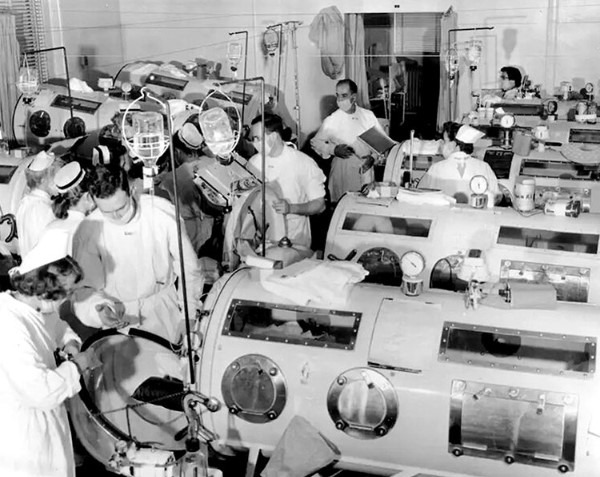
After his hospital discharge, Paul continued his treatment at home, spending most of his time in the iron lung. To help ease his suffering, Paul’s mother brought Dr. Mrs. Sullivan to their home. At first, Paul was scared of her, as his time in the hospital had left a lasting emotional scar. He feared that if a doctor was visiting, it meant things were very bad. Over time, however, Paul realized that Mrs. Sullivan’s role was to teach him to breathe independently, giving him a chance—however brief—to leave his „iron home.”
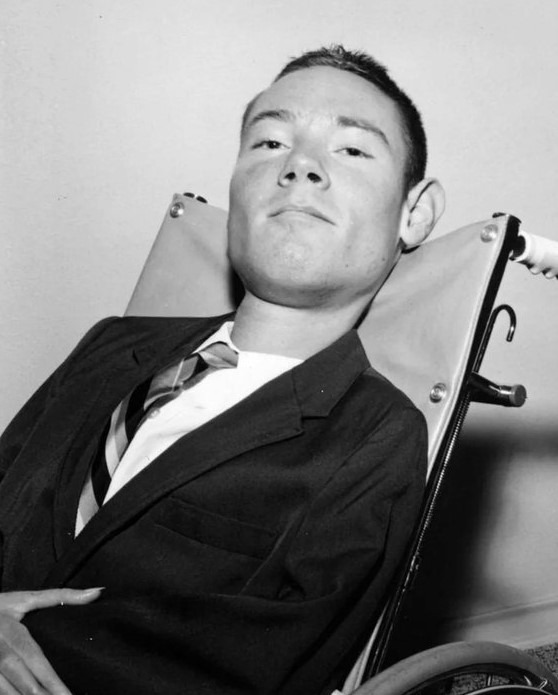
Through his resilience and determination, Paul kept up with his physical training, strengthening his lungs enough to spend a few hours outside the iron lung. He also continued his education, successfully completing school through home instruction. After earning his degree, Paul became a lawyer, using a special chair to attend court hearings. He led a surprisingly active life, going to church every Sunday and enjoying visits to the ocean to watch the waves.
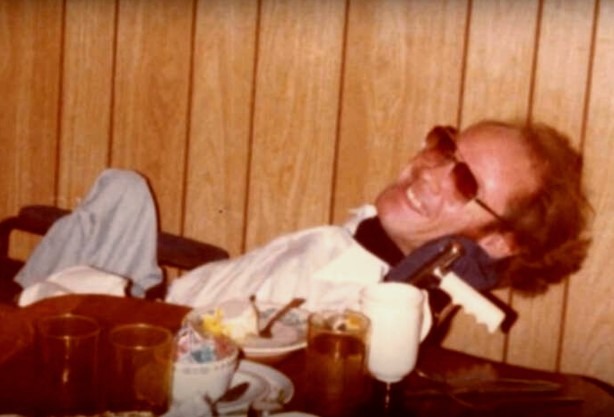
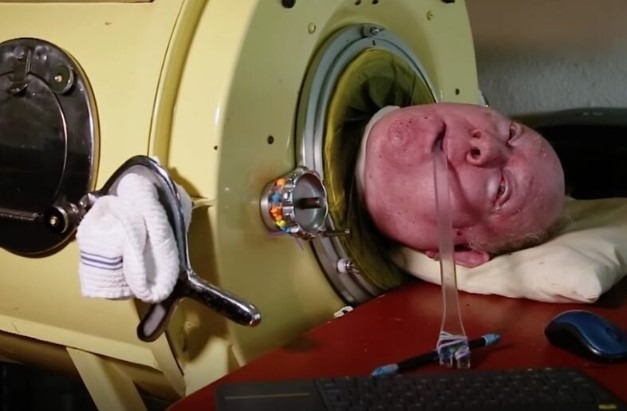
Though Paul is naturally quick-tempered, as many lawyers are, he is also quick to forgive and has a charming nature. His perseverance allowed him to experience the joys of life. He spent many years advocating for the rights of people with disabilities, as he understood their challenges better than anyone. Unfortunately, in recent years, his health has worsened significantly.
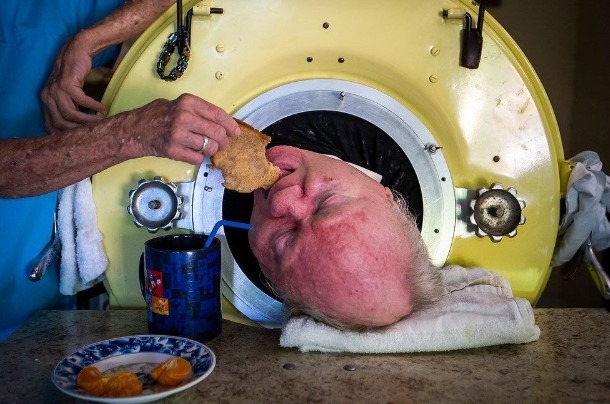
Some may find Paul’s journey strange or even humorous, but to him, it’s all part of his life’s journey. He has never let obstacles stop him, and surviving a time when polio claimed so many lives is a testament to his strength. For Paul, working while lying in a capsule with a stylus in his mouth is a minor matter. As for his personal life, it hasn’t been easy, but when he speaks of his caregiver Katie, who has cared for him for several years, his eyes light up, though he denies anything more.

Paul’s story is one of incredible resilience, and despite the challenges, he has shown that life is still worth living—even under the most difficult of circumstances.
